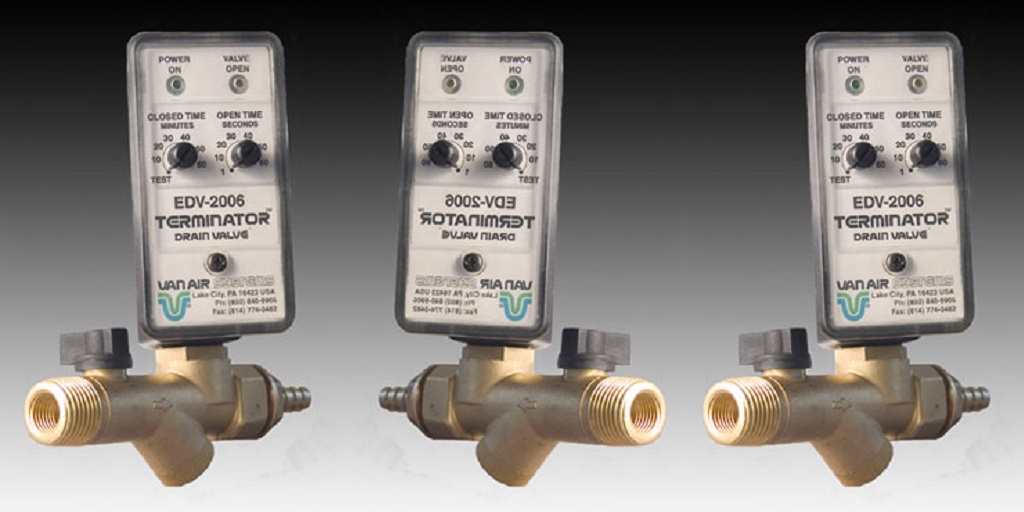
When operating an air compressor, you might not think about water buildup—but it’s a crucial factor that can impact your system’s longevity. In its natural state, air contains water vapor, which becomes a bigger issue once it’s compressed.
When air is pressurized, the vapor condenses, leading to water accumulation inside the compressor. Without a proper air compressor drain valve, this buildup can cause serious damage, from corrosion to decreased performance. Let’s dive into how these valves work and why an automatic option may be your best bet.
Why Condensation is a Big Deal
The process of compressing air forces water molecules to condense and collect in the tank. This isn’t just a minor inconvenience—it can lead to rust, wear on internal parts, and reduced efficiency in your equipment. A properly functioning air compressor drain valve ensures excess moisture is regularly removed from the system, preserving your equipment’s life and performance.
Think of it this way: each time your compressor is in use, water collects, and without a drain, that water will sit, slowly eating away at your system. It’s not something you want to deal with later. This is where drain valves become the unsung champions of your air compressor’s performance.
Types of Air Compressor Drain Valves
Not all drain valves are created equal. The air compressor drain valve you choose should fit your specific needs and equipment setup. Here are the main types:
- Manual Drain Valve: This is the traditional option that comes with most air compressors. However, it requires you to manually open the valve to release water daily. Neglecting this task can lead to gallons of water sitting inside the tank, which most operators find difficult to maintain.
- Automatic Drain Valve: If you’re tired of manually draining your compressor every day, an automatic valve is your go-to solution. These valves open and drain water automatically after each use, ensuring your tank remains free from condensation buildup. No more missed draining sessions!
- Float-Operated Valves: Ideal for setups where an electrical source is unavailable, float-operated valves automatically release water based on the fluid level in the tank.
- Timer-Controlled Valves: If your compressor runs on a set schedule, a timer-controlled air compressor drain valve will open at specific intervals, ensuring efficient draining without manual intervention.
- Zero-Loss Drain Valve: Want to minimize air loss during draining? A zero-loss valve is your best option. It allows the tank to drain water without wasting compressed air.
The Benefits of Automatic Drain Valves
While manual drain valves may work for smaller operations, larger setups or those with frequent use need something more reliable. An automatic air compressor drain valve removes the guesswork and effort, keeping your system running smoothly without manual intervention. With water automatically drained, your compressor will run more efficiently, last longer, and you’ll avoid costly repairs due to rust and other moisture-related damage.
Keep Your Compressor in Top Shape
Water buildup is a problem you can easily prevent with the right air compressor drain valve. Automatic drain valves, in particular, take the hassle out of routine maintenance, ensuring your system runs efficiently without interruption.
Ready to upgrade? Check out the automatic drain valve options at Air & Vacuum Process Inc. for more solutions tailored to your needs.
Having the right drain valve means your air compressor will perform better, last longer, and remain worry-free when it comes to moisture issues.
For more information about Zero Loss Drain Valve and Compressed Air And Gas Filters Please visit: Air & Vacuum Process Inc.